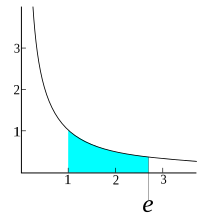
Photo from wikipedia
Synthetic routes to the crystallization of two new box-like complexes, [Au6(Triphos)4(CuBr2)](OTf)5·(CH2Cl2)3·(CH3OH)3·(H2O)4 (1) and [Au6(Triphos)4 (CuCl2)](PF6)5·(CH2Cl2)4 (2) (triphos = bis(2-diphenylphosphinoethyl)phenylphosphine), have been developed. The two centrosymmetric cationic complexes have been structurally… Click to show full abstract
Synthetic routes to the crystallization of two new box-like complexes, [Au6(Triphos)4(CuBr2)](OTf)5·(CH2Cl2)3·(CH3OH)3·(H2O)4 (1) and [Au6(Triphos)4 (CuCl2)](PF6)5·(CH2Cl2)4 (2) (triphos = bis(2-diphenylphosphinoethyl)phenylphosphine), have been developed. The two centrosymmetric cationic complexes have been structurally characterized through single-crystal X-ray diffraction and shown to contain a CuX2- (X = Br or Cl) unit suspended between two Au(I) centers without the involvement of bridging ligands. These colorless crystals display green luminescence (λem = 527 nm) for (1) and teal luminescence (λem = 464 nm) for (2). Computational results document the metallophilic interactions that are involved in positioning the Cu(I) center between the two Au(I) ions and in the luminescence.
Journal Title: Inorganic chemistry
Year Published: 2023
Link to full text (if available)
Share on Social Media: Sign Up to like & get
recommendations!